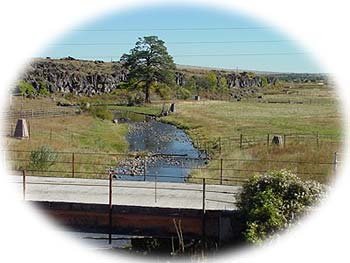
Raven Site sits majestically above the Little Colorado River in the White Mountains area of Arizona. The prehistoric pueblo has revealed two kivas and more than 800 rooms.
Occupied as early as A.D. 100 thru A.D. 1450, the site exhibits unique cultural features of both the Mogollon and Anasazi people. By the start of the 15th century, these ancient cultures had nearly vanished.
A museum is located at the site and showcases artifacts found at the location. Other on-site services include a bookstore, gift shop, detailed "bug" room, a restaurant, RV parking and on-site lodging.
Hiking paths include both petroglyph and ethnobotany trails and "hands-on" excavation is available at Raven Site.